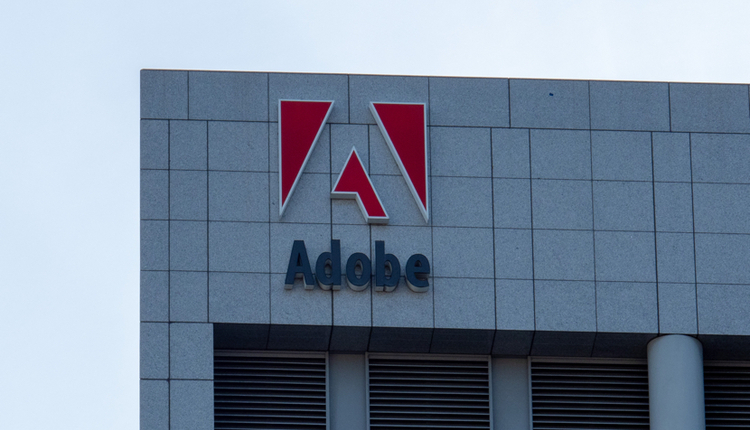
Whether you’re in insurance, government or any other financial industry sector, the millennial generation has put every industry on high alert and forced executives to rethink their strategies enterprise-wide. Millennials—defined as those born between the years of 1980 and 2000—have not only just surpassed the baby boomers as the largest generation in the US labor force at 53.5 million strong, they are also currently responsible for $200 billion in annual purchasing power—making their needs impossible to ignore. However, catering to this generation is all the more difficult as they are the first to grow up in a culture prioritizing convenience and speed, sometimes even at the expense of quality or the best product.
According to a recent Celent survey on the North American consumer, only nine percent chose financial services products based on “better results” and, instead, favored “convenience” and “ease” as their highest priorities (at 23% each). This revelation helps illustrate the growing importance of your document strategy in order to align with these major changes in the new consumer journey.
There are numerous moving parts to redeveloping and strengthening your document strategy, but one of the most increasingly important components is making sure document designs are attractive and easy to understand for the millennial consumer. Below are some guidelines to keep in mind:
1. Documents should be accessible
Millennials expect omni-channel accessibility to documents anywhere and anytime. Saving time has become one of the most dominating priorities of this generation and nothing infringes upon the consumer experience more than documents that translate poorly across different platforms. In many ways, documents are one of the primary forms of contact with a customer, so generic template forms should be a thing of the past. Modern document management technologies allow you to personalize and cater documents to each customer, which not only results in better customer communication and retention but also less frequent customer service calls and higher response rates.
2. Documents should be relevant
Many companies still value document exchange as an excellent way to provide promotional content, special offers or advertisements, but that has proved to be extremely off-putting to this generation. Millennials don’t like to be “sold to”—they like to be engaged and educated on the value that a business can provide, which makes documents a poor platform to include this type of content. For example, oftentimes, credit card statements’ promotions aren’t targeted to a specific client—and that is clear as day to the savvy consumer. Instead, successful credit card companies leverage the information they have to provide relevant discounts through other communication channels for stores where that person actually shops.
3. Documents should be structured accordingly
Documents should be structured with simple headlines that are clearly laid out and obvious as to what they are referencing and where they need to write or check off information. The most important information should be listed at the top, leaving the bottom for any additional notes or optional questions that will help speed along the process. Companies should nix any unnecessary language from their documents and eliminate long paragraphs, and as a rule, information that is longer than two sentences should be spaced out in order to make the content more digestible.
4. Documents should be optimized for mobile
As documents continue to be viewed more on mobile platforms, the rules of engagement will change drastically. The “page paradigm,” which dictates that all content should be on one page to avoid disrupting the consumer experience, doesn’t apply to mobile devices the same as it does for paper and a desktop or laptop. Often, websites and documents will prefer this method to allow more room for advertisements or promotions but also at the expense of the consumer experience. The experience is even worse if there are advertisements and different pages on mobile devices, because you’re more likely to click on an advertisement by accident, which can lead to crashing of the document in some instances, or take you to a separate browser—ultimately, ruining the experience.
The need for a more sophisticated, user-friendly method of sharing documents across channels is one of the most important ways to improve customer communication. After all, one in five millennials no longer use a desktop or computer to go online and rely exclusively on smartphones and tablets to get on the Internet. According to a recent study by e-marketer, 45% of smartphone and tablet users in the US spend four hours or more using the mobile Internet each weekday.
5. Documents should be clean
When you think of “modern” in terms of home design, you think of wide-open spaces and the mantra, “less is more.” This is also true of modern document management. It’s important to avoid clutter, poor design and anything that will add friction to the experience. Your graphics and other visual elements should only appear in areas that are unobtrusive to the content—in the header, footer and left and right sides of the document. Don’t be afraid to use as many text boxes as needed, since this is considered a more visual way of showcasing information that may be difficult to digest at a glance. Keep in mind that there should always be unoccupied space between text boxes and visual aids, as any sort of clutter is detrimental to the way the modern consumer reads documents.
Critical information placement might be the most important aspect of keeping your documents clean. This is the information that millennials are seeking when scanning your document for the most pertinent information. It must be found in a matter of seconds and be placed logically on the format of the document. Misplaced information is one of the most costly aspect of non-payment and higher call center volume.
The importance of document design could easily be underestimated and overlooked in relation to other components of document strategy, but it is integral for the front-facing aspect of your document management capabilities. Successful tech companies, like Apple, have made a name for themselves by earning consumer trust through pleasing, stylish and efficient designs. While there’s no reason to emulate Apple’s design aesthetic per se, it’s important to understand why it has been so wildly successful and how millennials crave a certain type of design, whether it’s on their smartphone or the latest contract they sign. Innovation doesn’t just happen within products and new capabilities but also with how a company represents themselves through each of their consumer-facing components—including documents. If the tools within your organization don’t emulate a millennial’s need for both convenience and efficiency, then they will look elsewhere for their products and services.
Francis Dion is the chief executive officer of Xpertdoc Technologies Inc. With his entrepreneurial drive and passion for client services, Mr. Dion has over 20 years of experience in software development, managing IT services, as well as consulting and training services. Prior to Xpertdoc, he has worked with major companies such as PSP Investment, Aon Consulting, E-Com and SPIN Montreal. Follow him on Twitter @fdionXpertdoc.









